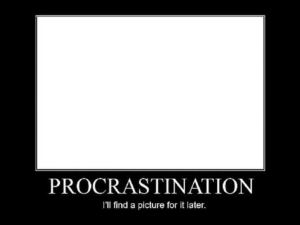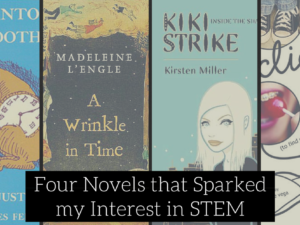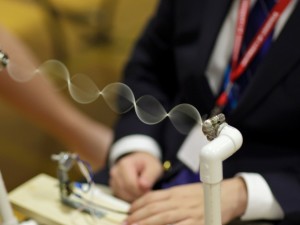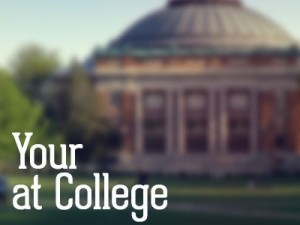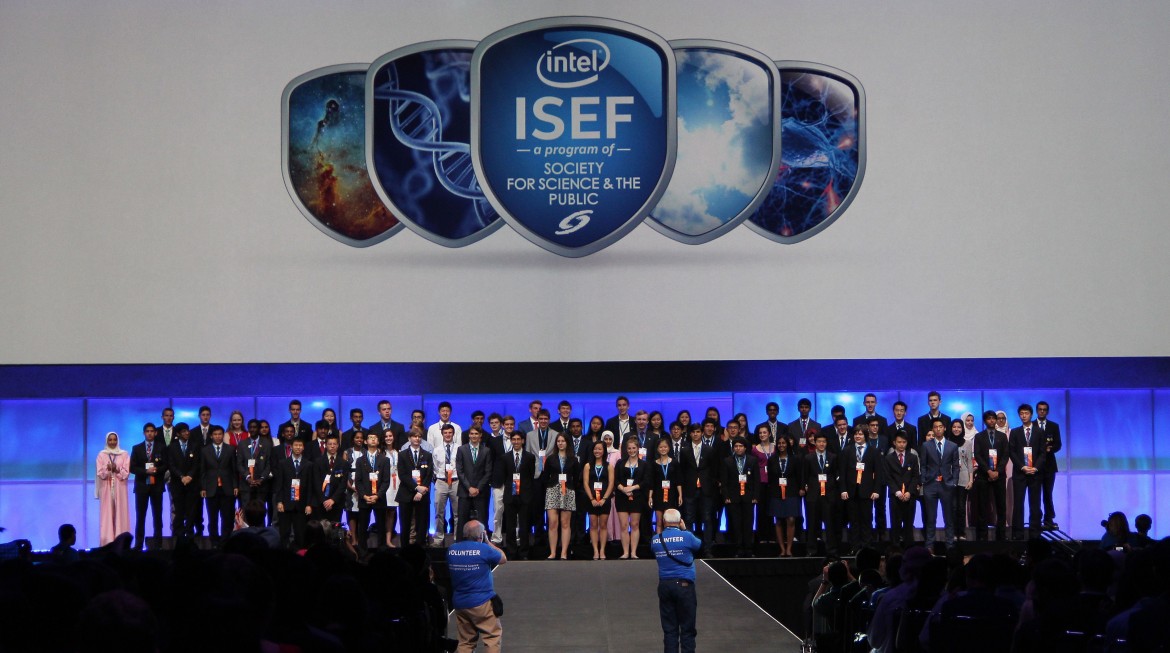
This is the fourth post in a series of posts focused on science fair. In the second post, I discussed an approach to picking a science fair project. In the latest part, I gave some tips about presenting and winning at a science fair competition. In the final part of this series, I will talk about my experience at the biggest stage for young scientists. Today, I’m going to talk about participating in a life changing experience.
Imagine yourself shaking hands with the President, or receiving a Nobel Prize for your scientific discovery. Those events and the sequence of events that follow are life changing. To think that you could achieve one of those accomplishments by participating in a simple co-curricular activity is mind-boggling. Today, students have the ability to learn something in a classroom and then pursue that knowledge outside of the classroom in a co-curricular activity. When a student becomes passionate about the activities and hobbies they pursue, they are motivated to push boundaries and accomplish great things.
A common co-curricular in schools today is the science fair. Science teachers use these as a long-term project and a chance for students to investigate something important to them. These allow students to practice science at a higher level than their peers who aren’t involved in co-curricular activities. After researching and working on a science fair project, many students decide to compete in science fairs in order to win prizes and showcase their works. Many prestigious science fairs have popped up and have attracted hundreds of thousands of young scientists to compete annually. Among these large science competitions, the Intel sponsored International Science and Engineering Fair (ISEF) is arguably the largest international competition, with over 1,70o students from 70 countries around the world.
After competing in science fair competitions throughout elementary and middle school, attending ISEF would be the highest honor for a young scientist in high school. However, the competition only gets harder as you grow older and requires extra effort in your co-curricular activities. My journey up to the ISEF competition can be seen here. Despite all the preparation that occurred during the school year, we had a lot of work to do before the competition started in May. For starters, we worked on correcting our research papers with updated results we just received from our continued lab work. While preparing for AP exams, we were practicing our presentation and redesigning our board.
In a whirlwind of events, I was suddenly on a plane to Los Angeles to attend the 2014 ISEF. With 11 other students from my school, a teacher and several parents chaperones, we arrived on a Saturday and explored the city. On Sunday, we set up our exhibits and had a chance to socialize with other ISEF finalists. Each country/state brought in unique pins representing their country. Us students exchanged pins and had create connections around the world. Even at an intense competition among the most accomplished young researchers, we found time to enjoy the city and go to the beach.
During the registration process in the weeks before ISEF, each finalist was instructed to submit a question, which could possibly be asked to a panel of Nobel and Draper Prize winners. My question was: “What type of scientific advancements would need to be completed in order for Earth to sustain its growing population? Is there a need to inhabit other planets, or can the human population survive off of the resources found on Earth?” Fortunately, my question was selected to be asked at the Excellence in Science and Technology Panel, moderated by Joe Palca from NPR.
Before this panel, the other finalists who were also selected, including one of my group members, were invited to a lunch with the Nobel and Draper Prize Winners. I ate with John Mather, Mike Bishop, and several other finalists and we all talked about our research projects and a variety of other topics.
Here are some pictures from the lunch!


I asked my question to the panel shortly after, and received responses from Frances Arnold and John Mather. Ms. Arnold’s response stated that there won’t be a need to worry about Earth’s growing population, as there can be checks in the population to reduce it’s impact on the Earth. Mr. Mather addressed the part of the question concerning inhabiting other planets, and with his background working at NASA, told me that traveling to other planets would be really hard.
 After meeting some very distinguished scientists, it was time for the finalists to be judged and compete for grand awards. On that Wednesday, judging started at around 8 in the morning and ended at 5pm. During this period, we were on high alert and were keeping our nerves in check. We were judged 14 times during the day by judges from our category (Engineering: Materials and Bioengineering), special awards and even NASA. During this day of judging, one grand winner is chosen to win the Gordon E. Moore Award, and countless others are selected to win Special and Grand Awards.
After meeting some very distinguished scientists, it was time for the finalists to be judged and compete for grand awards. On that Wednesday, judging started at around 8 in the morning and ended at 5pm. During this period, we were on high alert and were keeping our nerves in check. We were judged 14 times during the day by judges from our category (Engineering: Materials and Bioengineering), special awards and even NASA. During this day of judging, one grand winner is chosen to win the Gordon E. Moore Award, and countless others are selected to win Special and Grand Awards.
Thursday was a day for the public to view all the projects that were on display. Students from local area schools came around and showed their interest in our science projects while media reporters interviewed interesting projects. This was also a chance for the finalists to walk around and take a look at all the projects on the huge ballroom floor. The feeling of seeing hundreds of other students who are passionate about presenting their projects is an indescribable feeling, but a memory I will never forget.
There were two award ceremonies to present all the winners at this international competition. The first occurred on Thursday night and was the Special Awards, sponsored by over 40 organizations. All 1,700 competitors, teachers and parents anxiously awaited the awards, with prizes ranging from scholarships to trips to CERN!
 My group won a second place award from the Ashtavadhani Vidwan Ambati Subbaraya Chetty Foundation. It is a truly surreal moment when you walk down aisles of students and see yourself on one of the huge screens, all while hearing thousands of people cheer and applaud you.
My group won a second place award from the Ashtavadhani Vidwan Ambati Subbaraya Chetty Foundation. It is a truly surreal moment when you walk down aisles of students and see yourself on one of the huge screens, all while hearing thousands of people cheer and applaud you.
On Friday morning, we all sat down to watch the Grand Awards Ceremony. In each category, there were fourth, third, second and first place winners. Among the first place winners, some were chosen for the grandest awards, with the highest winner receiving $75,000.
The feeling of anticipation is hard to explain. At the biggest stage for young scientists, everyone is holding their breath and waiting for their name to be called, preferably after the phrase “the winner of first place is…” They announced the winners of fourth place in the categories for the life science. After that, they announced the fourth place winners in the physical sciences, which is where engineering would fall. Tensions ran high, and for better or for worse, our names were not called as a fourth place winner.
When the time came for the third place awards, our names were called. Again, we walked down the aisles and stood on stage with the other third place winners.

The awards ceremony continued, with second and first place winners. Some of those winners now have asteroids named after them! Think about that. Winning a science fair, starting as small as the school level, can get an object in outer space named after you.
The total prize pool for the 2014 ISEF was over $5 million dollars. Companies such as Intel and the other ISEF sponsors are willing to give money to students who are passionate about science and other STEM activities. With more and more companies sponsoring prizes, more students should be enthusiastic about joining these competitions, which are often co-curricular, and havE the opportunity to compete and be recognized.
Personally, this experience has encouraged me to attend the ISEF next year in Pittsburgh, if only to experience once again the wonderful opportunity to meet and compete with such avid scientists.’
Do you have a favorite or most memorable scientific accomplishment? Share it below or on Twitter!



